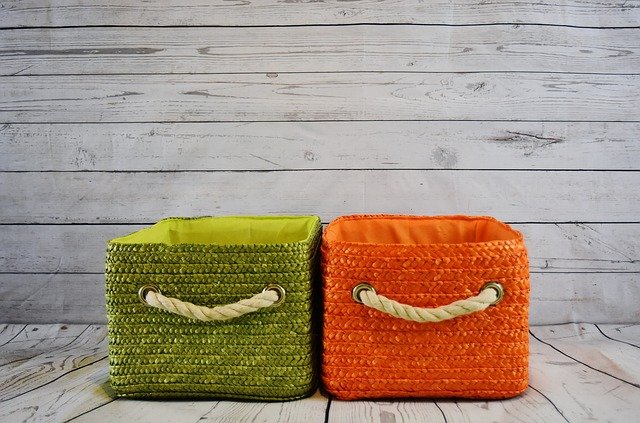Practical storage solutions for compact living areas
Smart storage transforms compact living areas into orderly, comfortable spaces. This article offers practical ideas for apartments and small homes that balance storage needs with plant care, outdoor design elements like patios, sustainable practices such as composting and upcycling, and maintenance tasks including furniture care and pest control.

Living in a compact home requires strategic choices so belongings, tools, and plant supplies stay accessible without crowding living space. Thoughtful storage preserves room for daily activities and supports hobbies such as indoor plants care, small-scale landscaping, or maintaining a balcony patio. The suggestions below show how to combine vertical solutions, multi-use furniture, and sustainable practices—like composting and upcycling—so small spaces remain functional and pleasant.
How can storage work with indoor plants?
Indoor plants enhance air quality and mood but bring storage needs for pots, soil, fertilizer, and irrigation tools. Use tiered shelving with drip trays to contain mess and designate a narrow utility cart for potting mix, hand tools, and pest control items. Hanging planters free floor area, while wall-mounted racks make small watering cans and spray bottles easy to reach. Keep soil care supplies in sealed containers labeled by use to reduce spills and odors in compact homes.
Can patio and outdoor design include smart storage?
Small patios and balconies benefit from storage that doubles as furniture. Benches with lift-up lids, deck boxes that serve as seats, and foldaway tables create functional outdoor design without extra bulk. Integrate storage into hardscaping by adding concealed compartments beneath raised planters or built-in seating. Choose weather-resistant materials and ventilation to prevent moisture buildup, and reserve compact storage for cushions, small tools, and seasonal items to keep the patio tidy year-round.
How to handle mulch, composting, and soil care in small spaces?
Storing mulch and managing composting in tight quarters calls for containment and odor control. Use compact countertop or balcony-friendly composters (including worm bins) sized to household output, and seal mulch or soil in stackable plastic bins placed on trays. Schedule small, regular compost turns to reduce pests and odors. Keep soil care amendments in labeled containers and store them near plant areas so replenishing pots and raised beds requires minimal movement.
How does lighting and irrigation support accessible storage?
Proper lighting makes storage zones usable and helps plants thrive in compact setups. Install task lighting above shelving and use adjustable lamps to illuminate tucked-away corners where boxes or upcycled storage hide. For outdoor design, solar-powered lighting highlights storage benches and makes evening maintenance safer. Compact irrigation solutions—like drip kits or small timers—can be stored in dedicated compartments so setup is quick and protected from weather, supporting both plant health and tidy storage habits.
Can upcycling and furniture care boost storage capacity?
Upcycling salvaged furniture into storage units is cost-effective and sustainable. Convert crates, drawers, and pallets into modular shelving or sliding bins; treat and seal materials for durability as part of routine furniture care. Add casters to heavy units for easy repositioning, and use uniform labels or color coding to speed retrieval. Regular maintenance—cleaning, tightening fittings, and refreshing finishes—extends the life of upcycled pieces and keeps small spaces organized without continual replacement.
How to coordinate landscaping, hardscaping, and pest control with storage?
When you incorporate even minor landscaping or hardscaping projects into a compact home, plan storage alongside design elements. Conceal small irrigation pumps, tool sets, and pest control supplies in built-in benches or under planter seats. Use ventilated bins for chemicals and clearly separate pest control items from compost or soil care containers. Designing storage as part of the overall landscape or hardscape keeps tools handy for maintenance while minimizing visual clutter.
Thoughtful storage in compact living areas blends vertical organization, multifunctional furniture, and sustainable choices such as upcycling and contained composting. Prioritize sealed containers for mulch and soil care products, incorporate lighting and small-scale irrigation storage, and maintain furniture and storage pieces regularly to extend their usefulness. These strategies help compact homes accommodate indoor plants, outdoor design elements like patios, and routine maintenance without sacrificing comfort or style.





